Tire Size 305/55r20 vs 275/60r20
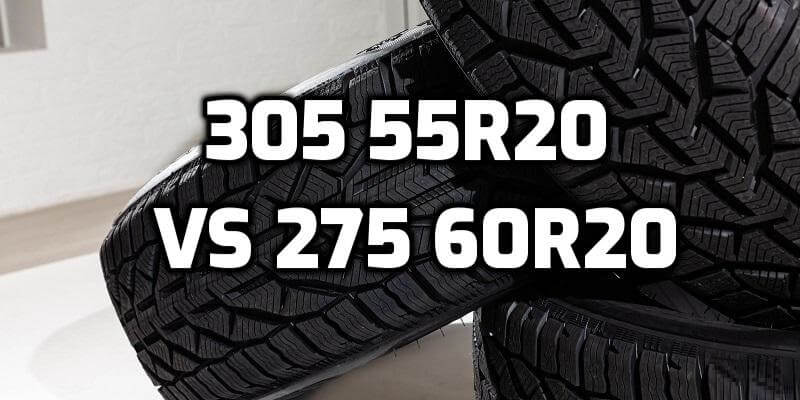
The main difference between the two tire sizes is the section width. The 305/55R20 tire is 0.8 inches (20 mm) wider than the 275/60R20 tire. This will result in a slightly wider stance and improved handling.
305/55r20 vs 275/60r20 Table
Take a quick look at this comparison table to easily understand the differences.
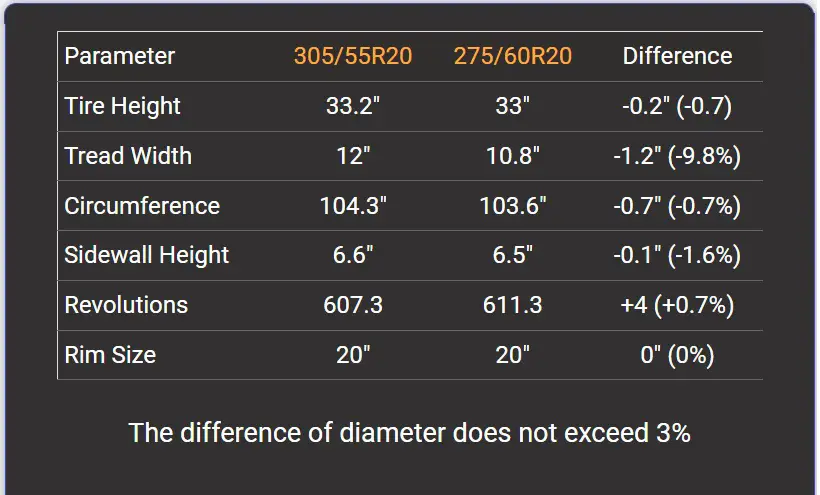
Fitment Guide
Replacement tires should be within 3% of the original tire’s overall diameter to avoid clearance issues or speedometer inaccuracies.
The 305/55R20 is 0.7% smaller in overall diameter than the 275/60R20, so it falls within the recommended 3% limit. No adaptations like lifting or leveling kits should be required to fit the 305/55R20 as a replacement.
Ground Clearance
The 275/60R20 provides 0.11 inches (2.75 mm) more ground clearance than the 305/55R20 due to its taller sidewall profile.
This extra clearance reduces the risk of scraping over obstacles and uneven roads. However, the lower profile 305/55R20 may suit lowered sports cars where maximum clearance is not a priority.
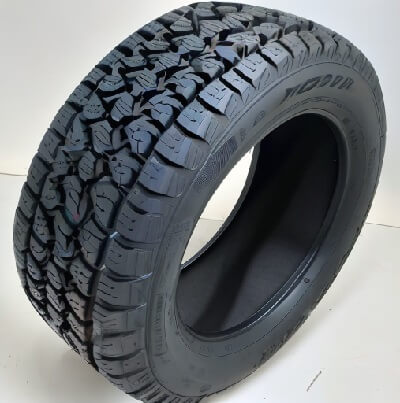
Gas Mileage
With less rubber meeting the road, the narrower 275/60R20 tire will likely be more fuel-efficient than the wider 305/55R20.
The more minor contact patch produces less rolling resistance. However, other factors like construction and tread patterns also affect efficiency.
Ride Comfort
The 305/55R20’s shorter, stiffer sidewall transmits more road impact into the cabin compared to the cushier 275/60R20. This provides a firmer, sportier ride.
The 275/60R20 better absorbs imperfections, providing a plusher feel. Comfort-oriented drivers may prefer the more compliant 275/60R20.
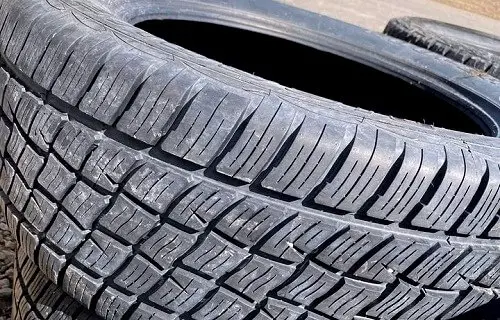
Aesthetics
The 305/55R20 visually conveys a more aggressive, sporting look with its low profile sidewall, suited to performance cars.
The taller 275/60R20 has a more rugged, off-road style. Overall preference comes down to intended purpose and individual taste.
Handling & Stability
The 305/55R20’s stiffer sidewall and reduced flex give it a quicker steering response and flatter cornering.
The 275/60R20’s extra sidewall cushions impact but result in more body roll. For performance driving on pavement, the 305/55R20 provides an edge in handling precision.
Noise & Vibration
With more sidewall to absorb road noise, the 275/60R20 runs quieter than the 305/55R20 on smooth roads. However, the 305/55R20’s shorter sidewall transmits fewer vibrations from the broken pavement. There is a trade-off between noise and vibration isolation.
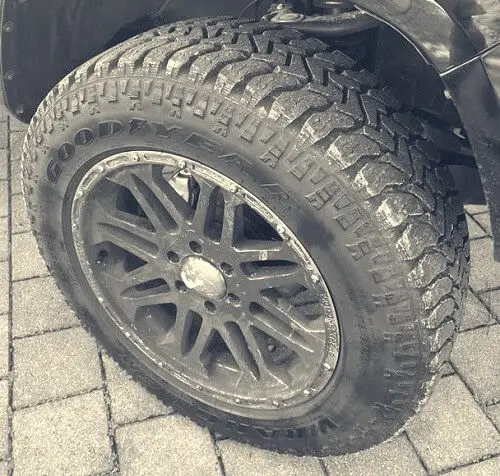
Durability & Wear
The 275/60R20’s taller sidewall better protects the rim and absorbs impacts from potholes or debris. This may translate into marginally longer life.
However, assuming equivalent construction quality, both sizes should deliver similar tread life. The 305/55R20 may wear suspension components slightly faster.
Adverse Conditions
Neither tire has a clear advantage in snow, rain, or off-road use. The narrower 275/60R20 may cut through snow slightly better to reach the pavement.
The wider 305/55R20 provides more traction in deep mud or sand. For light off-road use, performance is comparable.
Speedometer Difference
At an actual vehicle speed of 20 mph, the speedometer reading is slightly lower with 275/60r20 tires compared to 305/55r20 tires.
Specifically, the speedometer indicates 19.87 mph with the 275 tires and 20.00 mph with the 305. This 0.13 mph difference is due to the smaller diameter of the 275 tires.
While drivers may notice a minor decrease in indicated speed with the 275s, the discrepancy between these tire sizes is relatively small overall.
What is the Difference Between 305/55r20 and 275/60r20?
The main difference between 305/55r20 and 275/60r20 tires is their width. The 305/55r20 tire is significantly wider at 12.01 inches (305 mm) compared to the 275/60r20 tire at 10.83 inches (275 mm).
This represents a substantial difference of 1.18 inches (30 mm) or 9.8% in width. This width difference can notably affect the tire’s contact patch with the road, potentially influencing handling characteristics, traction, and overall performance of the vehicle.
Can I Use 275/60r20 Instead of 305/55r20?
Yes, you can use 275/60r20 instead of 305/55r20. The diameter difference between these two tire sizes is only 0.22 inches (5.5 mm) or 0.7%, which is well within the generally accepted 3% difference guideline.
This minimal change in overall diameter means that the speedometer accuracy and vehicle dynamics should not be significantly affected. However, keep in mind that the substantial width difference may alter handling characteristics and appearance.
How Much Taller Is a 275/60r20 Tire Than a 305/55r20?
The 275/60r20 tire is not taller than the 305/55r20 tire. In fact, it is slightly shorter.
The 305/55r20 tire has a diameter of 33.21 inches (843.5 mm), while the 275/60r20 tire has a diameter of 32.99 inches (838 mm). This means the 275/60r20 tire is 0.22 inches (5.5 mm) shorter than the 305/55r20 tire.
How Much Wider is a 275/60r20 Tire Than a 305/55r20?
The 275/60r20 tire is not wider than the 305/55r20 tire. In fact, it is narrower. The 305/55r20 tire has a width of 12.01 inches (305 mm), while the 275/60r20 tire has a width of 10.83 inches (275 mm).
This means the 275/60r20 tire is 1.18 inches (30 mm) narrower than the 305/55r20 tire.
Our Observation
The 305/55R20 is best suited for performance vehicles where handling and aesthetics are priorities. Its wider footprint and shorter sidewall provide sharper turn-in, flatter cornering, and an aggressive stance.
The 275/60R20 works well for trucks, SUVs, and crossover vehicles focused on ride comfort, noise isolation, and light off-road use. Its taller sidewall absorbs impacts better.
Overall, the 275/60R20 is the more versatile choice, delivering compliant comfort with capable handling for everyday driving. We recommend the 275/60R20 for most drivers due to its well-rounded capabilities.

Meet Caitlin McCormack, a Tire Size Expert and Blogger Passionate About Everything Related to Tires. With Years of Experience in the Tire Industry, Caitlin Has Become an Expert in Tire Sizes and Their Impact on Vehicle Performance.
